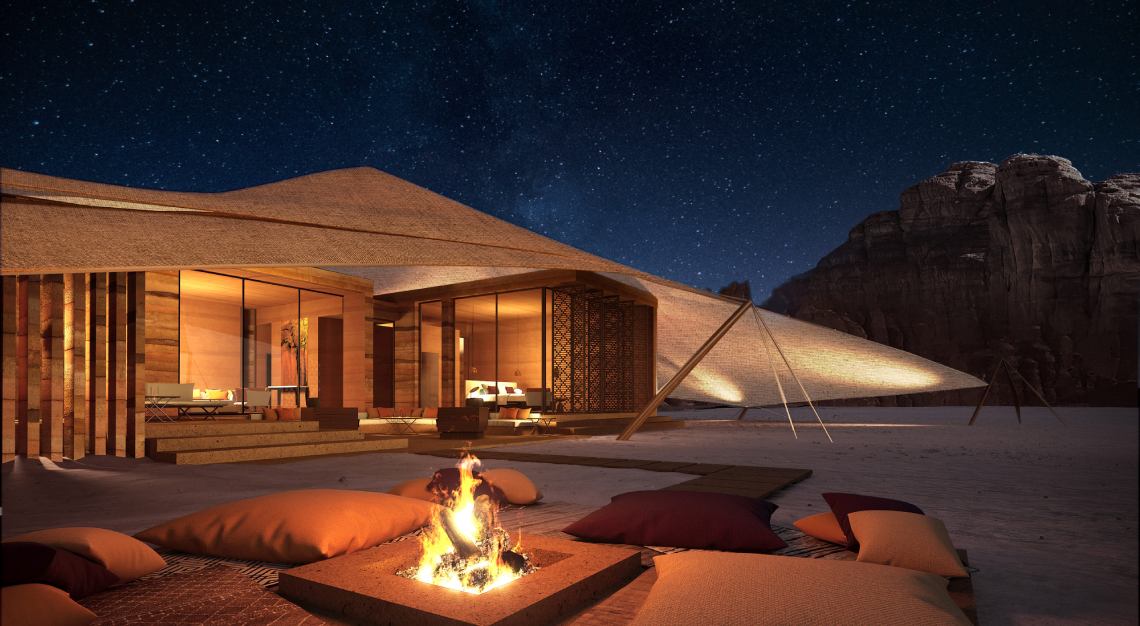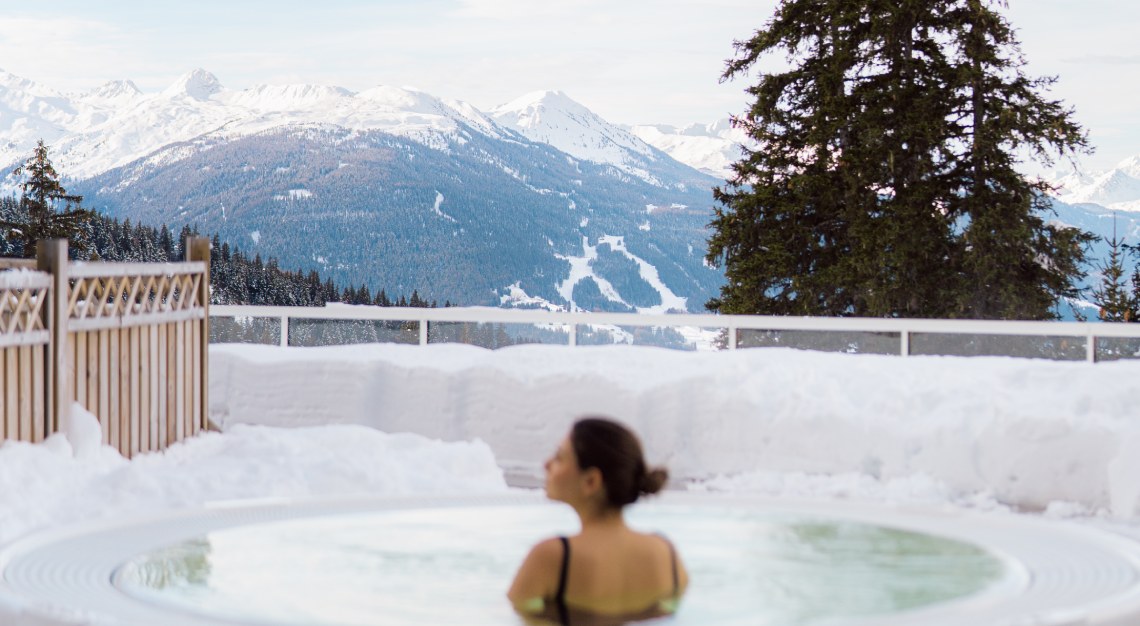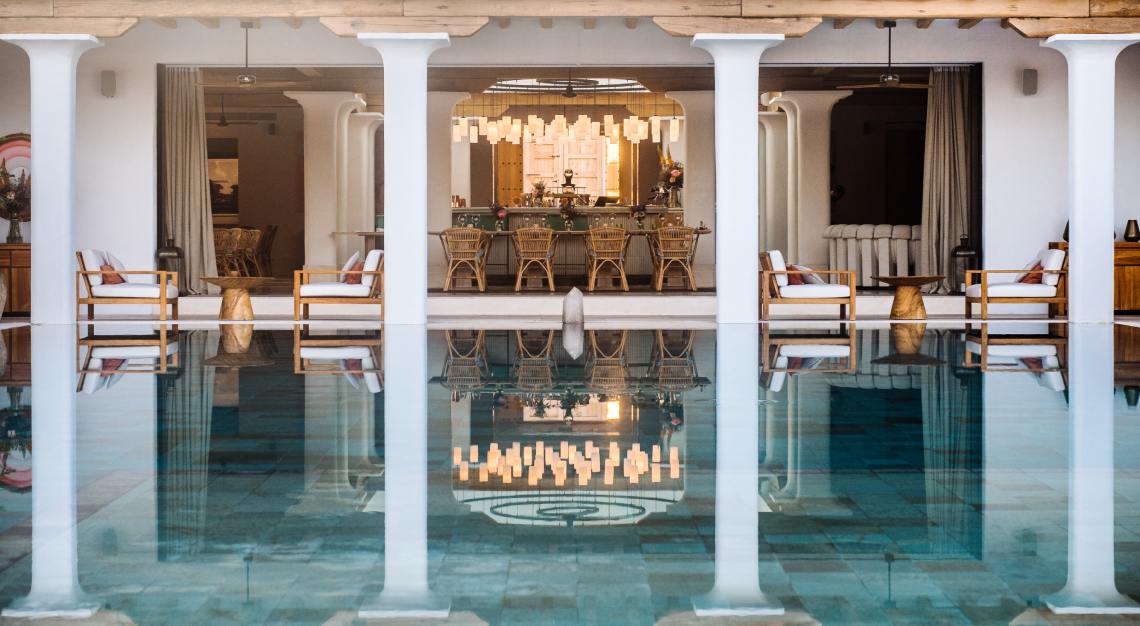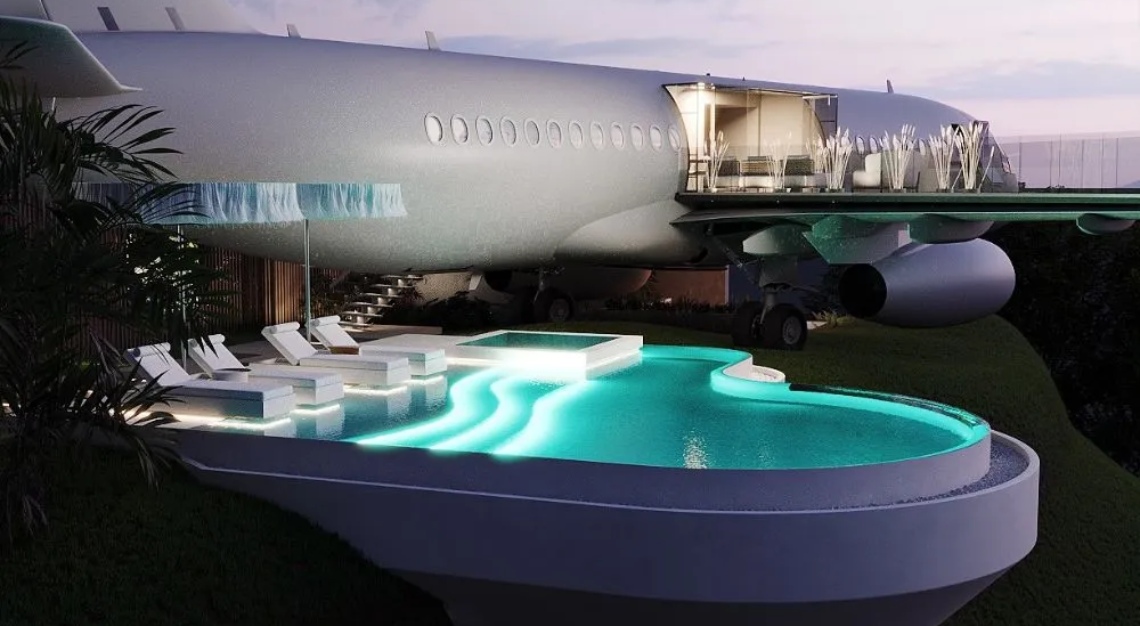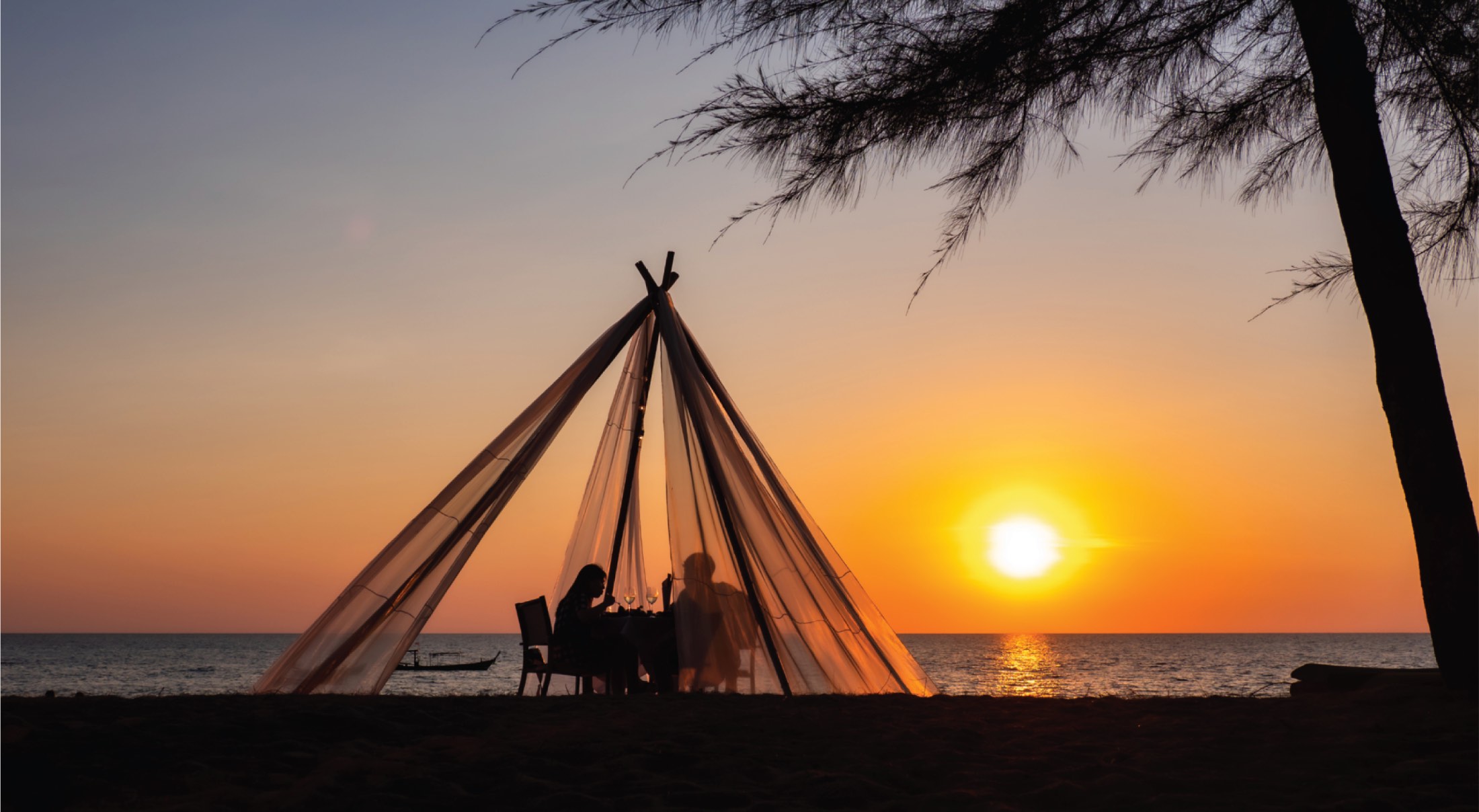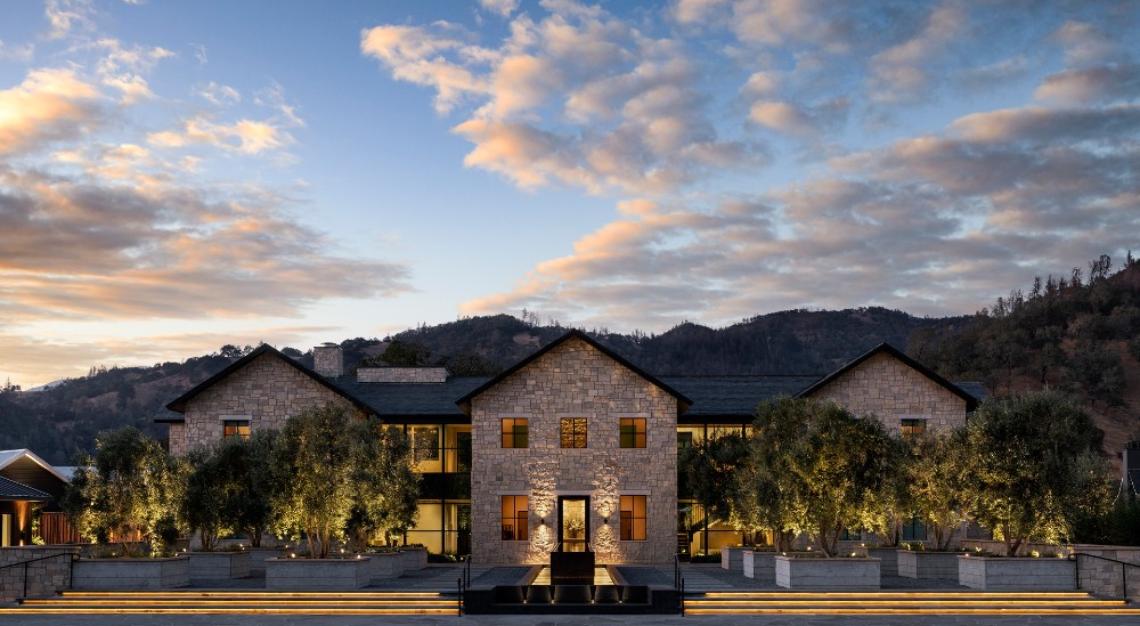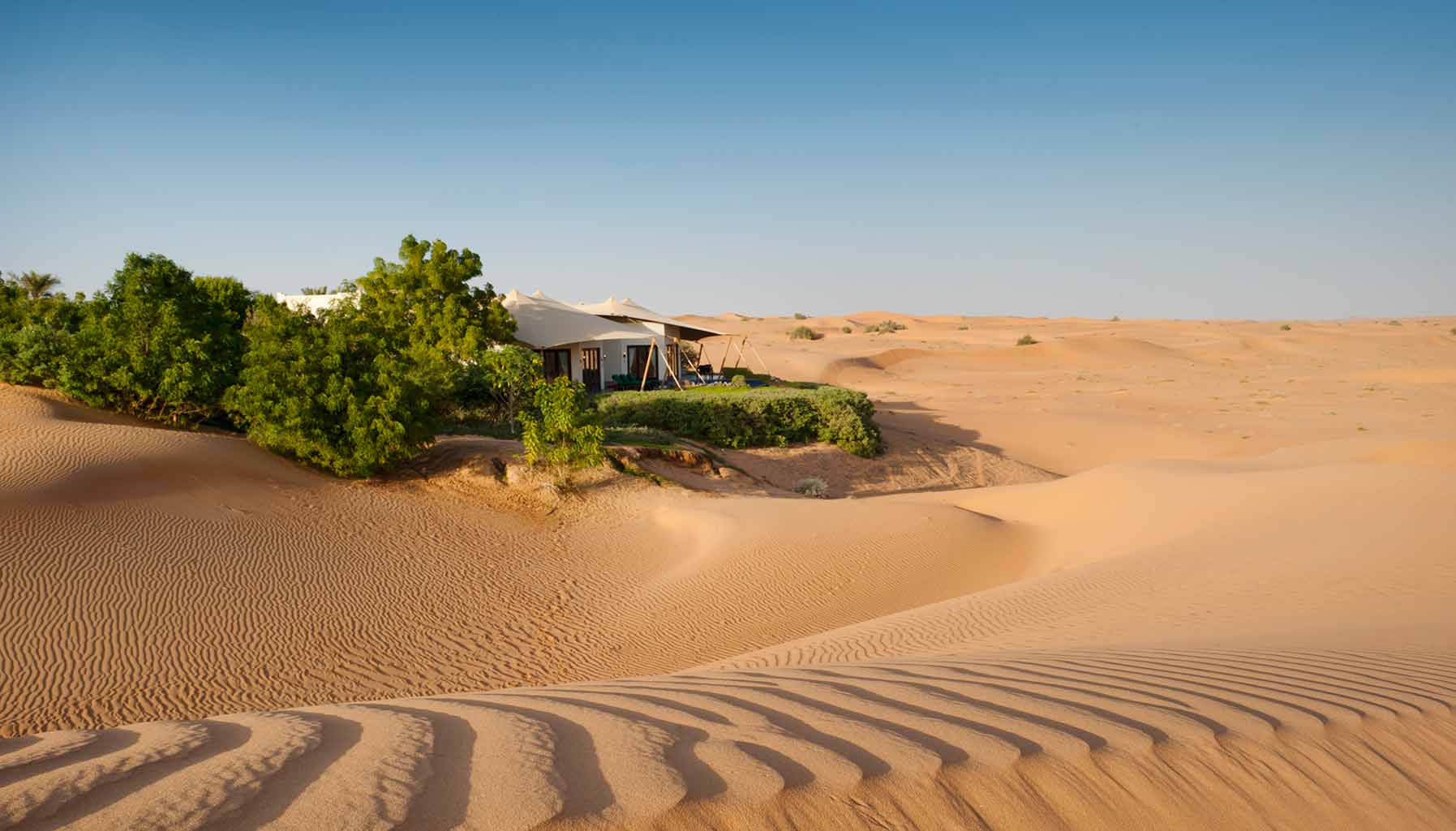The cutting-edge Banyan Tree AlUla sanctuary debuts amid an ancient setting in Ashar Valley, where prehistoric rock art and futuristic villas converge
When I arrived in Saudi Arabia’s Ashar Valley this weekend, I followed in the millennia-old footsteps of a procession of weary travellers in pursuit of respite. For thousands of years, traders plying the age-old frankincense and myrrh routes have passed through AlUla, a verdant date palm and citrus oasis in the harsh Arabian desert, to rest and refresh their senses. Blessed with a water source, AlUla prompted various civilisations to take root: from Dadan in the first millennium BC to Hegra, the lesser-known Nabatean sister city to Petra, in the first century CE. Merchants and pilgrims, kings and priests, storytellers and poets have communed in this corner of northwestern Saudi Arabia for an astonishingly long period of time: archeologists have traced the origins of human activity in the area back some 200,000 years.
It’s in this ancient setting that Banyan Tree AlUla, an all-villa desert retreat, opened its doors last month, marking the sustainable luxury brand’s first foray into Saudi Arabia. Designed by AW², a Paris-based architecture and interiors studio, the 47 tented villas and two restaurants are scattered across a two-acre expanse surrounded by looming rock formations. With its terracotta walls and sand-coloured canvas stretched over the living quarters like giant sun umbrellas, my villa fit seamlessly into the landscape of sand dunes and windswept mountains while accomplishing an impossible feat: looking both futuristic and ancient all at once.
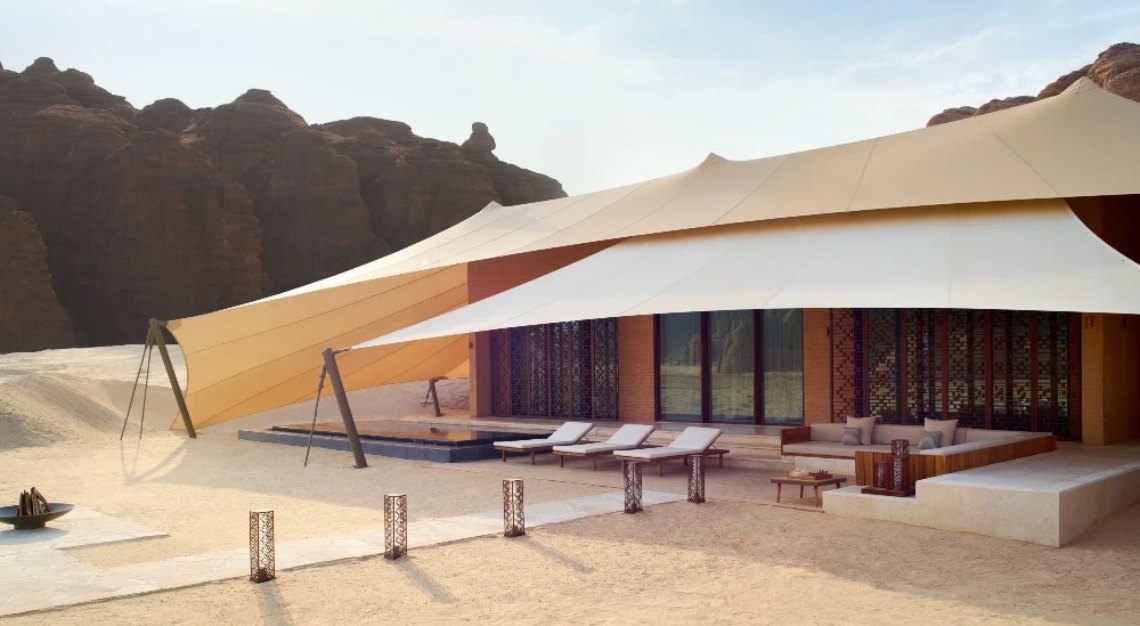
The tented villas, the largest of which have three bedrooms spread across a cavernous 240 square metres, combine features guests have come to expect from the Banyan Tree brand—vast, airy rooms; soaring ceilings; a choice of pillows—with elements unique to AlUla. In my villa, I found bespoke furniture with Nabataean-inspired designs (a diamond-shaped outdoor privacy wall; a bedside woven rug with inscription-like motifs), a rotating menu of in-villa incenses like champaka and rose, screen-printed inks by Saudi artist Hussein Al Mohasen and a welcome fruit basket with kumquats, known locally as maliki.
While my villa had its own fire pit and private pool with secluded views of the Ashar Valley, I still found myself drawn to the resort’s infinity rock pool, reminiscent of wadis after the rain—a serene slice of water carved into a natural crevice between two nearly-vertical sandstone mountains. There, I enjoyed a particular kind of silence that I’ve only ever experienced in the desert: the soft rustling of the wind skimming across the sand, interrupted by the gleeful call of swifts hiding in the rocks. At the pool-side spa, rituals include a beauty soak with honeyed camel milk and rose, while a nearby cave sets the scene for private treatments fused with AlUla citrus and Arabic coffee.
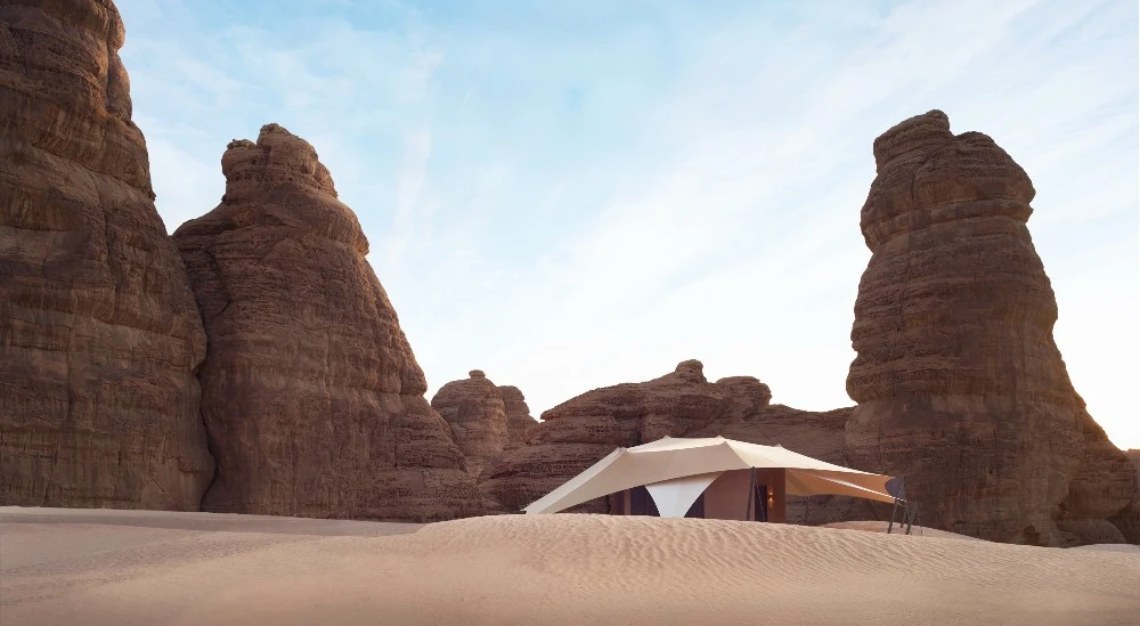
Despite its futuristic countenance, there are glimpses of the region’s storied past to be found throughout the resort: a self-guided Rock Art Trail reveals 8,000-year-old inscriptions of ancient North Arabian scripts. To better understand AlUla’s singular terrain and heritage, I booked a private two-hour tour in a lime-green vintage Land Rover of the well-preserved Nabataean tombs of Saudi Arabia’s first UNESCO World Heritage Site, the Hegra Historical District. Later, on a helicopter ride, I marvelled at the grandiose landscape: sprawling date palm and citrus groves; massive rock formations that, from above, looked like pebbles cast about by an invisible hand; otherworldly natural features like Jabal al Fil, a solitary mountain in the shape of an elephant; the Hijaz railway, part of an important network that was once referred to as the Iron Silk Road; and Maraya, the world’s largest mirrored building, a concert hall where Mariah Carey performed for Banyan Tree guests on Friday. Despite its rich history, AlUla was largely off the radar for travellers in recent decades, but things are quickly changing: Banyan Tree is the second luxury retreat in the Ashar Valley, on the heels of Habitas AlUla, which opened last fall with 96 villas. The coming years will bring a series of Aman properties and a resort by French architect Jean Nouvel.
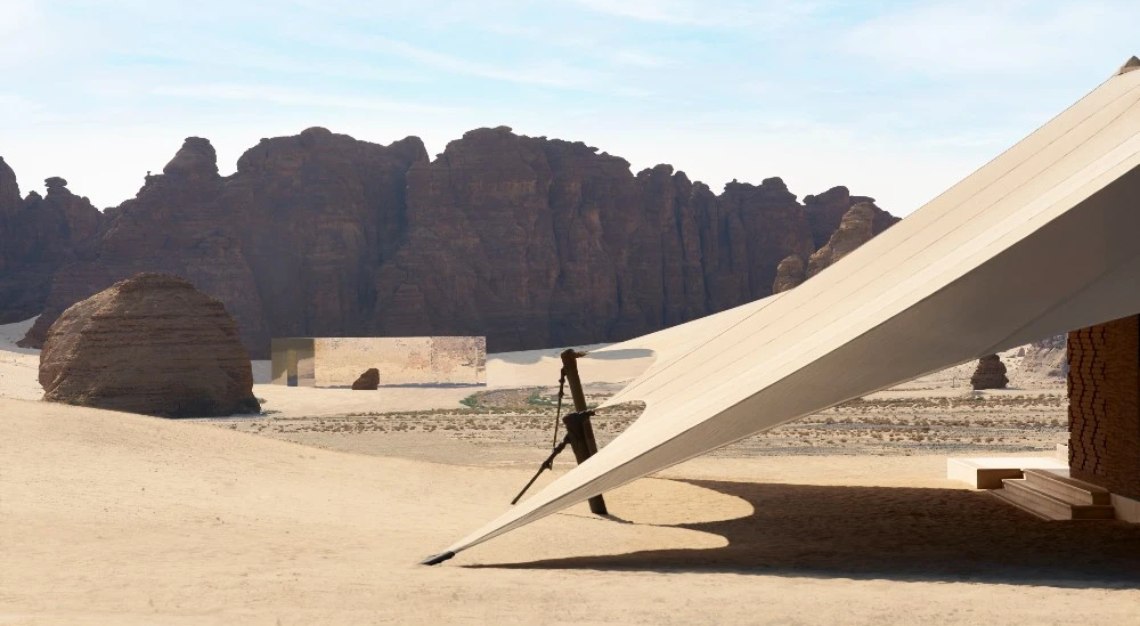
“Luxury is not about the thread count,” Banyan Tree founder Ho Kwon Ping said at the opening ceremony. “It’s about experiences, discovering a sense of place, connecting with the environment, and protecting it. In AlUla, we have found that our values uniquely align with yours.” At Banyan Tree AlUla, I felt connected to generations of travellers that came to this desert oasis before me, sitting under a canopy of stars, watching the time go by.
Rates at Banyan Tree AlUla start at US$1,467 per night.
This article was first published on Robb Report USA
